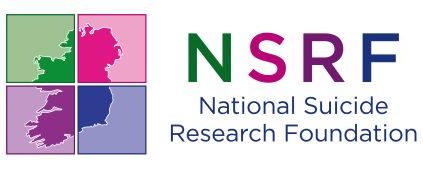Information for individuals whose data are recorded by the National Self-Harm Registry Ireland
If you have attended a hospital Emergency Department with self-harm, your data may be recorded by the Registry.
Data collection for the Registry
Data are collected for the Registry by trained Data Registration Officers. Data Registration Officers visit the hospital and review presentations to the Emergency Department in order to identify cases of self-harm. Relevant data are extracted from the hospital records of patients who presented with self-harm.
If it is noted that a patient did not wish for their data to be extracted from their hospital record, then the patient’s wish will be respected, and their data will not be recorded in the Registry.
The extracted data relates to the type of self-harm, treatment, time and mode of arrival. Patient identifiers including name, date of birth and address are extracted. These identifiers are processed in order to create a code for the patient and to identify their area of residence. After this processing, the Data Registration Officer submits the data electronically to the Registry. Patient identifiers (name, date of birth, address) are not submitted.
Data Protection Rights
Anyone is entitled to contact the Registry to enquire if their data has been recorded. It is necessary for individuals to provide us with sufficient details to allow us to identify their data record with certainty. A form is available below to facilitate this, or the Registry team can be contacted by email at infonsrf@ucc.ie.
If someone’s data has been recorded, they have the right to request their data and to withdraw their data from the Registry.
If someone requests their data, their data will be provided by a member of the Registry team.
If someone requests to have their data withdrawn, their data record will be removed from the Registry masterfiles. Any data recorded or submitted by the Data Registration Officers will be electronically and/ or physically shredded. Confirmation of this will be sent to the person who made the request.
Contact Us Form

